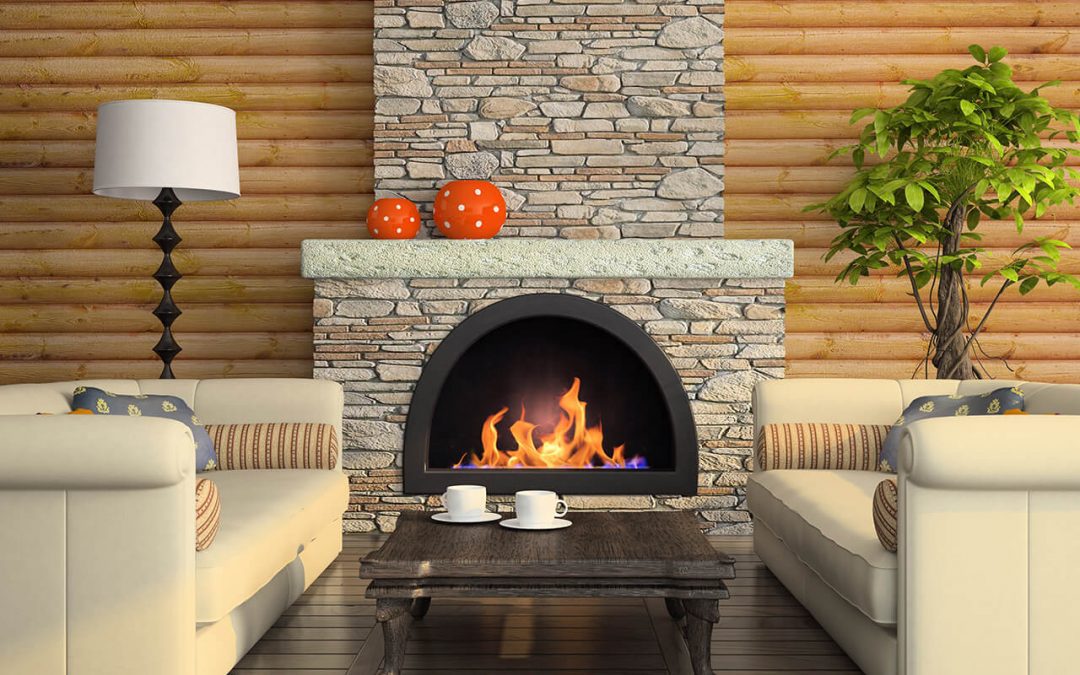Fireplace Safety 101: Start with the Chimney
Fireplace safety can’t be assured until you inspect the chimney. Responsible for carrying away smoke and other byproducts from the fire, the chimney becomes dirty after use. When wood isn’t efficiently burned, creosote will develop on the chimney walls. This is a flammable, tarry residue that poses a major fire hazard to your home. To mitigate this fire risk, it’s best to hire a professional to inspect the chimney once per year. The specialist will likely recommend having the chimney cleaned if your fireplace saw a lot of use last season.
Keep Debris Out of the Fireplace
A chimney cap prevents debris from falling into the chimney and compromising fireplace safety. This debris can build up on the smoke shelf and potentially combust, or even cause damage to the flue on the way down. If your chimney isn’t already capped, have one installed. Removing a chimney cap may occasionally be necessary to perform maintenance on components in the chimney, but should always be re-installed once the work is finished.
Burn Seasoned Firewood Only for Proper Fireplace Safety
Any wood that you burn inside your fireplace must be seasoned so that the moisture content is low. Firewood that contains excessive moisture will not burn efficiently and is more likely to cause significant creosote buildup in the chimney. Before you throw logs on the fire, know with certainty that they have been seasoned for at least six months.
Don’t Forget About the Damper
Under no circumstances should you start a fire with the damper closed. A closed damper blocks access to the chimney from the fireplace, causing smoke to billow into your home. The damper should be closed when the fireplace is not in use and completely cooled, but always remember to open it back up before building a new fire.
Once your fireplace and chimney are prepared for use, there are some routine maintenance tasks to keep in mind. Fireplace safety starts and ends with cleanliness, and you should clean the firebox early and often throughout the season. Keep the glass doors open and the screen closed while the fire is active. This encourages proper airflow while preventing sparks from escaping into the home.
Always use the tools that came with your fireplace to reposition burning logs, never your hands. When cleaning the firebox, wear a dust mask to avoid breathing in the irritants that are present in ash and soot.
Battle Born Inspections offers home inspection services in the northern Nevada area. Contact us to request an appointment.

